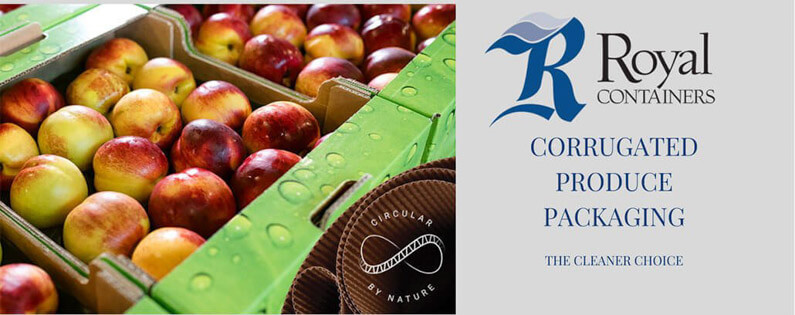Corrugated Produce Boxes : The Cleaner Choice

Have you ever wondered about the cleanliness of the corrugated produce packaging used for your favourite berries and veggies? Science says that you don’t have to. In fact, corrugated packaging used as a clean, single-use container can actually reduce the transfer of harmful bacteria from one shipment to the next. Recent testing and analysis conducted by the University of California-Davis and toxicology expert, Dr. Lisa JN Bradley from Haley & Aldrich investigated the cleanliness of corrugated shipping containers and confirmed that 100% of the corrugated shipping containers tested met acceptable sanitation levels.
The U.S. study also noted, that the current Canadian national rate of recycling corrugated at an estimated 85 per cent, has greatly reduced bacterial loading.
“This research confirms what we have known for decades,” says Corrugated Packaging Alliance executive director Dennis Colley. “The corrugation process has sufficient temperatures and dwell time to kill microbes. Clean boxes have been consistently verified at box plants and at customer locations.”
This follows on the heels of a 2016 study from the University of Guelph that indicated sanitation concerns with one of the alternative shipping methods — reusable plastic containers (RPC’s) — conversely plastic container testing found high levels of bacteria.
“The single-use approach for corrugated containers minimizes the potential for contamination. After they are used, corrugated containers are returned to the paper mill for recycling. The recycling process greatly reduces bacterial loading,” adds Corrugated Packaging Alliance executive director Dennis Colley.
Some retailers require the use of such reusable plastic containers in the transportation of fruit and vegetables from farm to store. However, the Guelph study found that 64 percent of RPCs failed sanitary standards, while 56 percent had higher levels of contaminants than would be expected from cleaned containers. The study confirmed that a high percentage of the RPCs were not effectively cleaned, leaving the food they held susceptible to pathogens such as salmonella and norovirus.





Leave A Comment